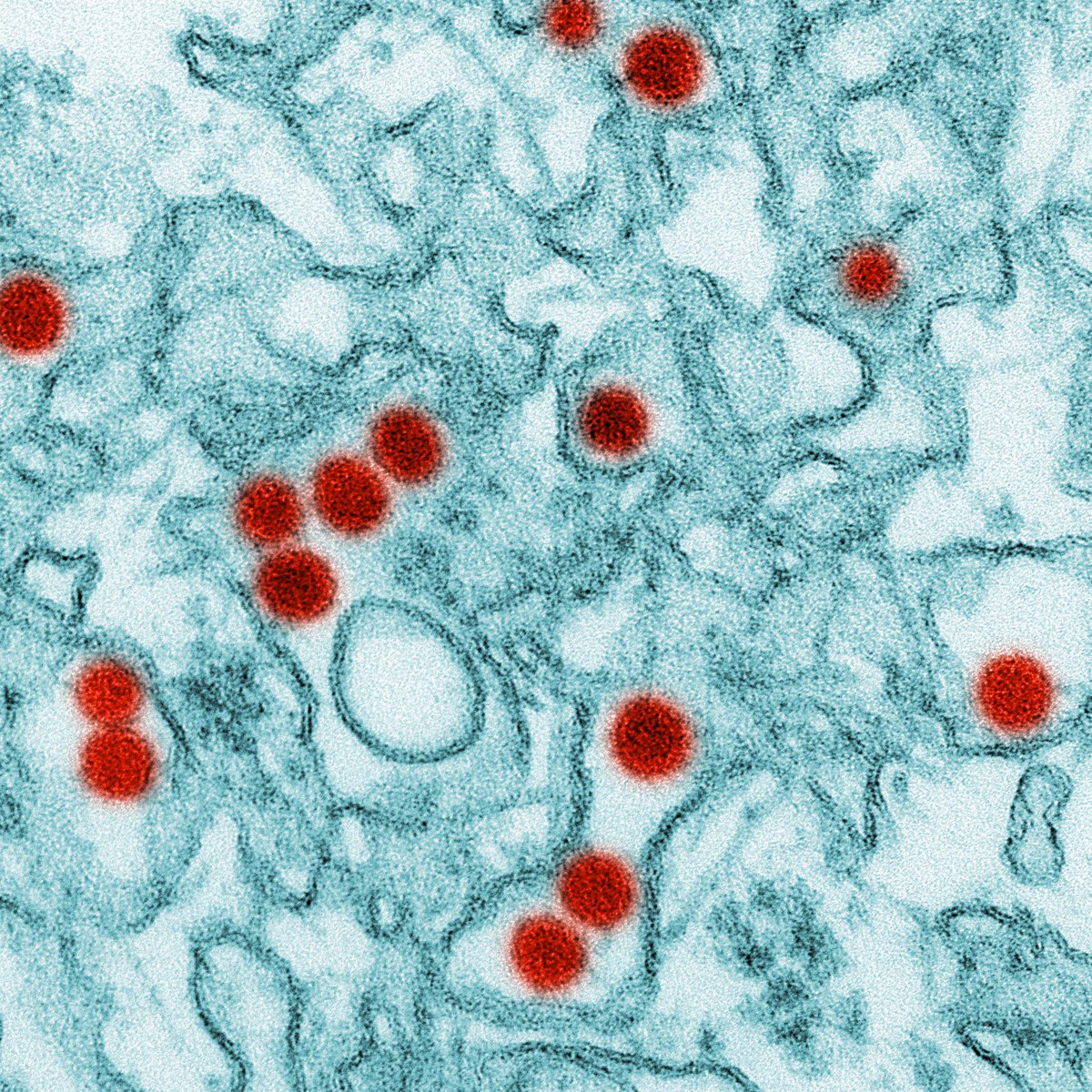What is Zika Virus disease (Zika)?
 |
| A transmission electron micrograph (TEM) of Zika virus |
Zika is a disease caused by Zika virus that is spread to people primarily through the bite of an infected
Aedes
species mosquito. The most common symptoms of Zika are fever, rash,
joint pain, and conjunctivitis (red eyes). The illness is usually mild
with symptoms lasting for several days to a week.
Symptoms
- About 1 in 5 people infected with Zika virus become ill (i.e., develop Zika).
- The most common symptoms of Zika are fever, rash, joint pain, or
conjunctivitis (red eyes). Other common symptoms include muscle pain and
headache. The incubation period (the time from exposure to symptoms)
for Zika virus disease is not known, but is likely to be a few days to a
week.
- The illness is usually mild with symptoms lasting for several days to a week.
- Zika virus usually remains in the blood of an infected person for a few days but it can be found longer in some people.
- Severe disease requiring hospitalization is uncommon.
- Deaths are rare.
Diagnosis
- The symptoms of Zika are similar to those of dengue and chikungunya, diseases spread through the same mosquitoes that transmit Zika.
- See your healthcare provider if you develop the symptoms described above and have visited an area where Zika is found.
- If you have recently traveled, tell your healthcare provider when and where you traveled.
- Your healthcare provider may order blood tests to look for Zika or other similar viruses like dengue or chikungunya.
Treatment
- No vaccine or medications are available to prevent or treat Zika infections.
- Treat the symptoms:
- Get plenty of rest
- Drink fluids to prevent dehydration
- Take medicines, such as acetaminophen or paracetamol, to relieve fever and pain
- Do not take aspirin and other non-steroidal anti-inflammatory drugs
(NSAIDs), like ibuprofen and naproxen. Aspirin and NSAIDs should be
avoided until dengue can be ruled out to reduce the risk of hemorrhage
(bleeding). If you are taking medicine for another medical condition,
talk to your healthcare provider before taking additional medication.
- If you have Zika, avoid mosquito bites for the first week of your illness.
- During the first week of infection, Zika virus can be found in the
blood and passed from an infected person to another mosquito through
mosquito bites.
- An infected mosquito can then spread the virus to other people.

